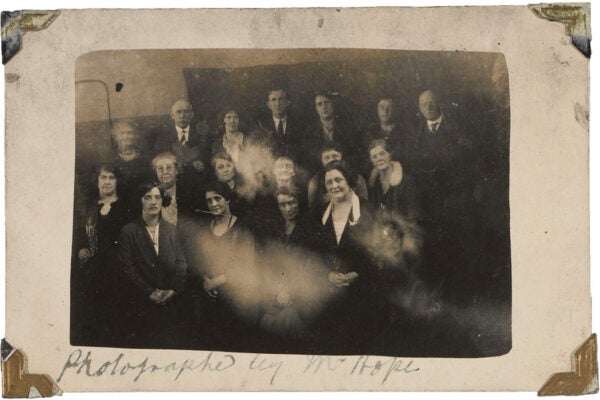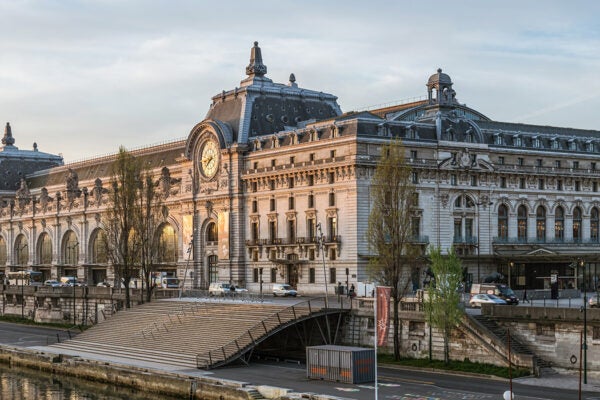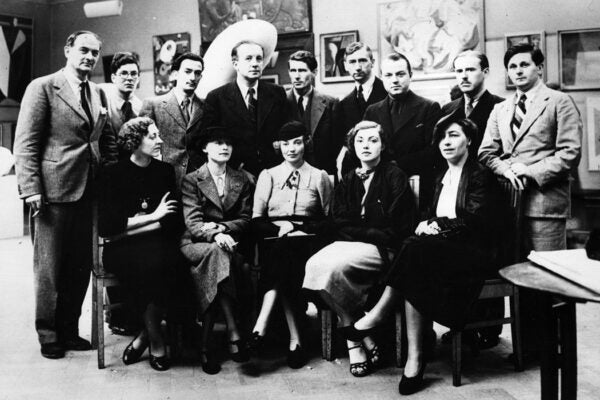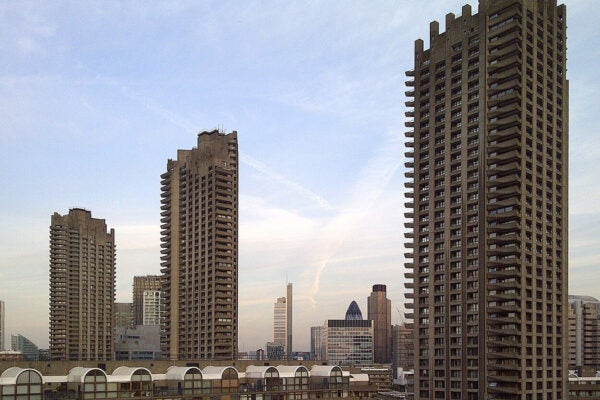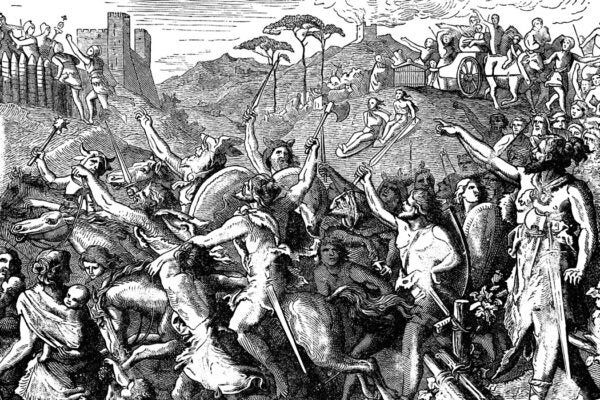How a Postwar German Literary Classic Helped Eclipse Painter Emil Nolde’s Relationship to Nazism
While Nolde was one of the many victims of the Third Reich’s repressive responses to “degenerate art,” he was also one of Nazism’s great admirers.
Can You Photograph a Ghost?
William Hope claimed to be able to document the visitations of ghosts. The controversial images he produced add to our understanding of the history of photography.
Gae Aulenti: An Independent, International Architect
One of the best-known female architects to come out of Italy, Aulenti found fame with her transformation of a dated Parisian train station into the Musée d’Orsay.
Surrealism at 100: A Reading List
On the centennial of the founding of Surrealism, this reading list examines its radical beginnings, its mass popularity, and its continued evolution.
Why Architects Need Philosophy to Guide the AI Design Revolution
Architecture in the age of AI—argues professor Nayef Al-Rodhan—should embed philosophical inquiry in its transdisciplinary toolkit.
Why We Love/Hate Brutalist Architecture
Developed in response to the post-World War II housing crisis, the once celebrated Brutalism quickly became an aesthetic only an architect could love.
AI and the Creative Process: Part Two
Though technological innovation has always influenced considerations of art—think of Duchamp’s controversial urinal—the constant throughout is human touch.
De-Bunking the Barbarians
The idea of barbarian invasions comes from the nineteenth century, when they were constructed as the decisive event that wrenched the West into modernity.
How René Magritte Became the Grudging Father of Pop Art
Though he dismissed Pop as “window dressing, advertising art,” many critics and artists of the 1960s claimed Magritte as the movement's greatest forebearer.
Exploring Images In (and Out of) Context
When you think you understand an image, ask yourself what contextual information might be missing.

